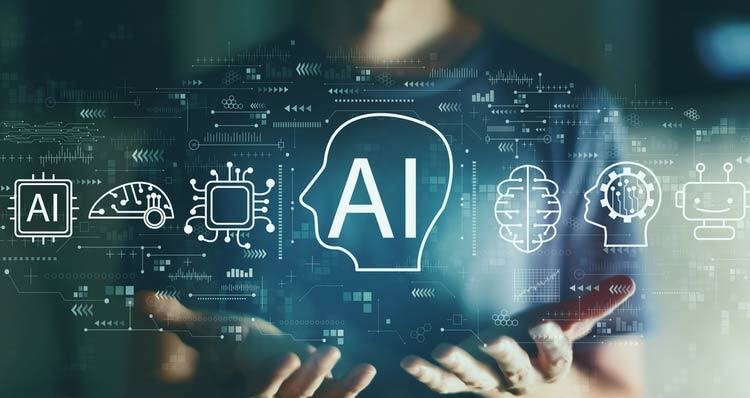The Role of Artificial Intelligence and Machine Learning in Business Transformation

Artificial intelligence (AI) and machine learning (ML) are reshaping the business landscape, enabling organizations to automate processes, optimize decision-making, and unlock new opportunities for growth. In this blog post, we will explore the potential impact of AI and ML on business transformation, discussing how these technologies can automate routine tasks, uncover valuable insights through data analysis, and ultimately drive innovation and growth.
Section 1: Automating Routine Tasks with AI and ML
1.1 The Power of Automation
One of the most significant impacts of AI and ML on business transformation is the automation of routine tasks. By leveraging AI algorithms and ML models, organizations can streamline repetitive processes, freeing up valuable time and resources for more strategic initiatives.
1.2 Examples of AI-driven Automation
Section 2: Uncovering Valuable Insights through Data Analysis
2.1 The Role of AI and ML in Data Analysis
AI and ML technologies have revolutionized the way businesses analyze and interpret data. Through advanced algorithms and learning models, these technologies can process massive amounts of data in real-time, uncovering hidden patterns, trends, and valuable insights that can inform strategic decision-making.
2.2 Applications of AI and ML in Data Analysis
Section 3: Driving Innovation and Growth
3.1 AI and ML as Catalysts for Innovation
AI and ML technologies not only streamline existing processes but also drive innovation by enabling businesses to explore new opportunities and develop cutting-edge solutions. Through advanced data analysis and predictive capabilities, organizations can identify market trends, customer needs, and potential growth areas, informing the development of new products, services, and business models.
3.2 The Competitive Advantage of AI and ML Adoption
Conclusion:
The potential impact of artificial intelligence and machine learning on business transformation cannot be overstated. By automating routine tasks, uncovering valuable insights through data analysis, and driving innovation, AI and ML technologies can help organizations streamline operations, optimize decision-making, and unlock new growth opportunities. As the business landscape continues to evolve, companies that adopt and embrace AI and ML will be best positioned to thrive in the digital age.



















Comments (0)